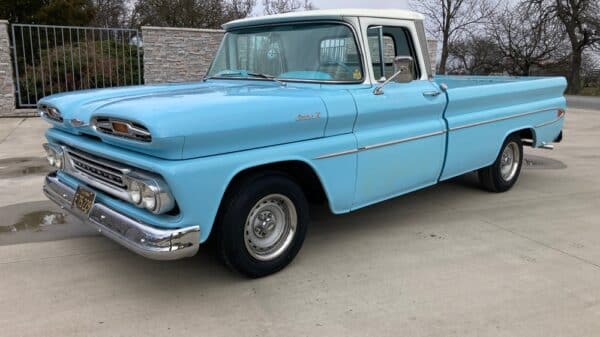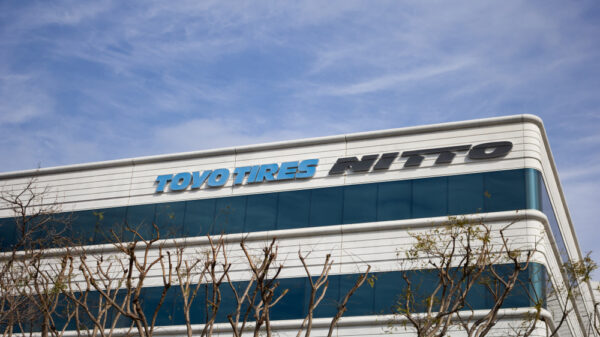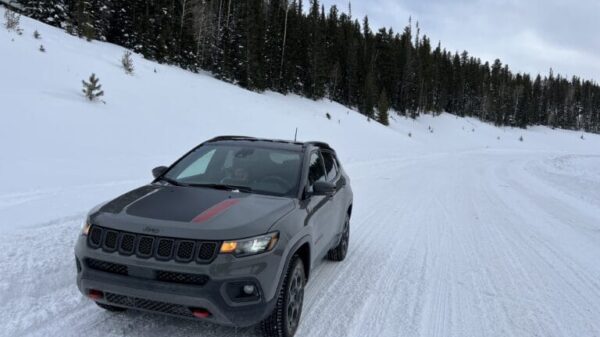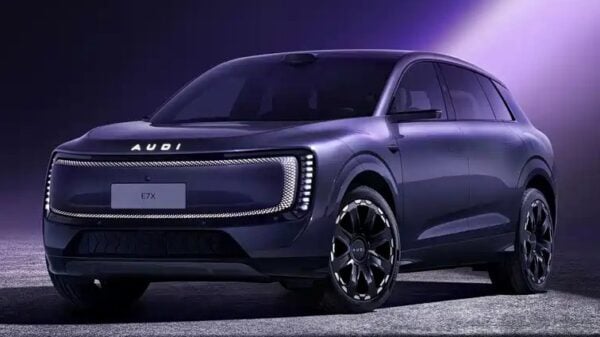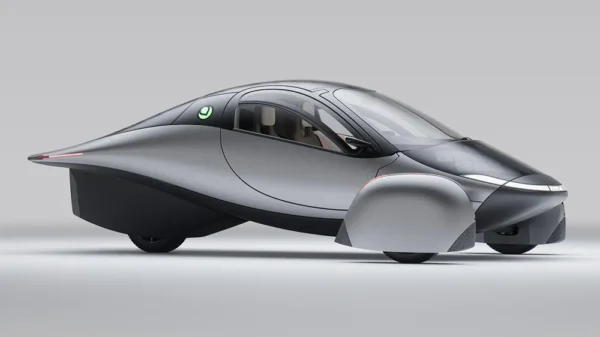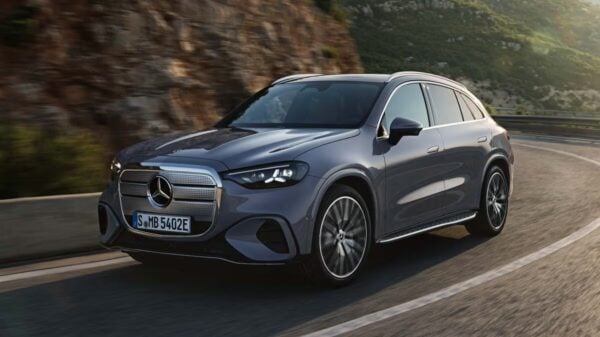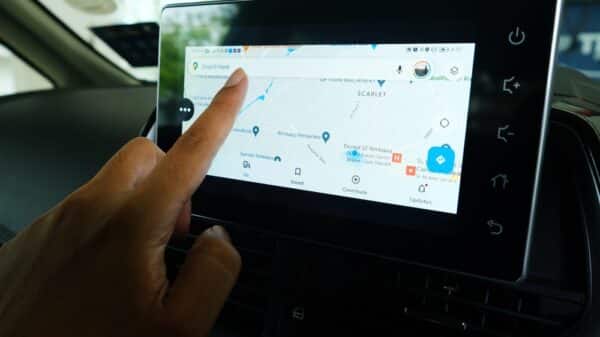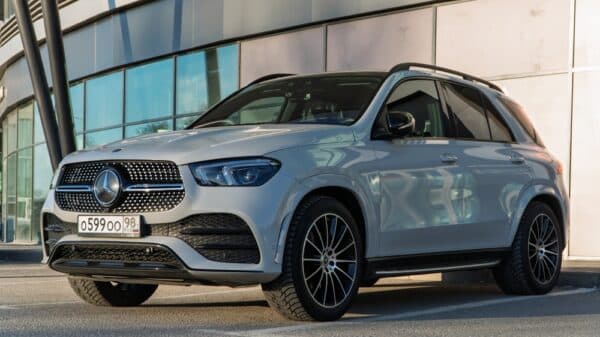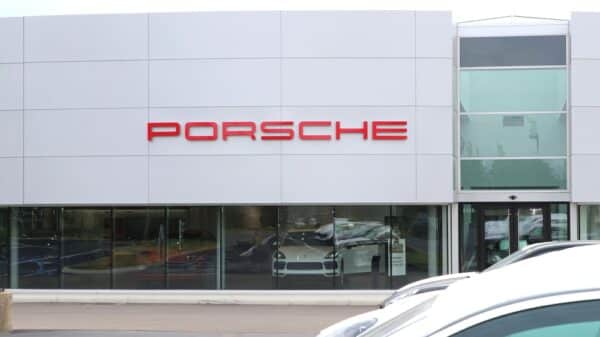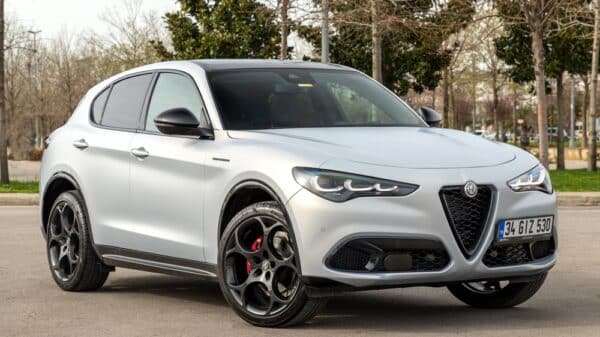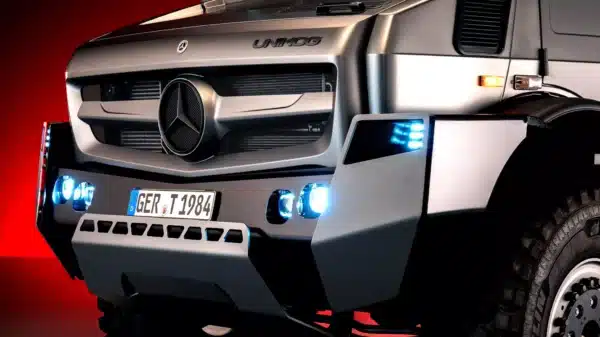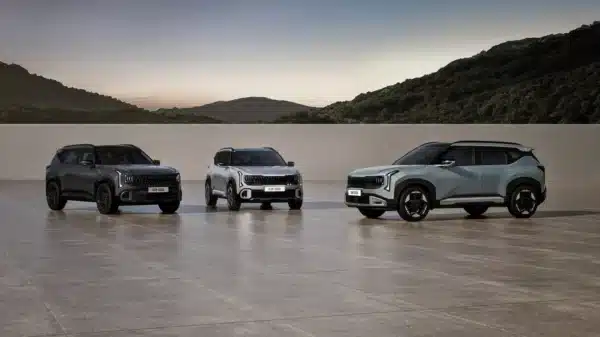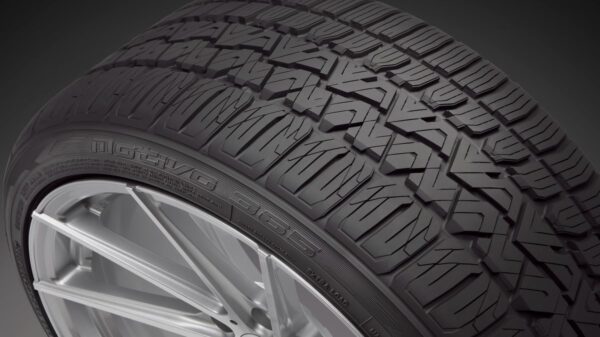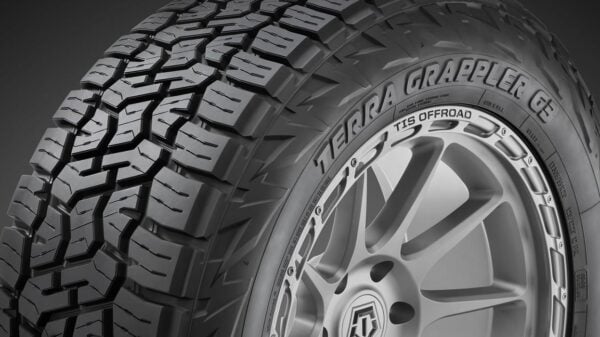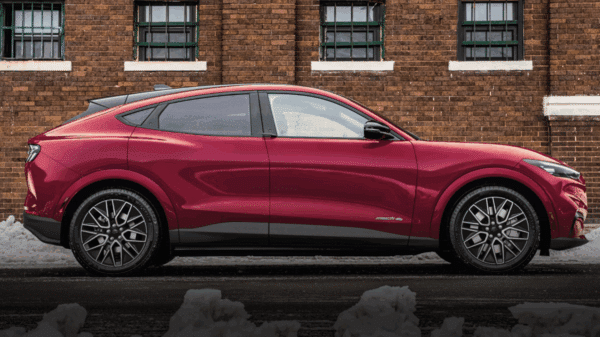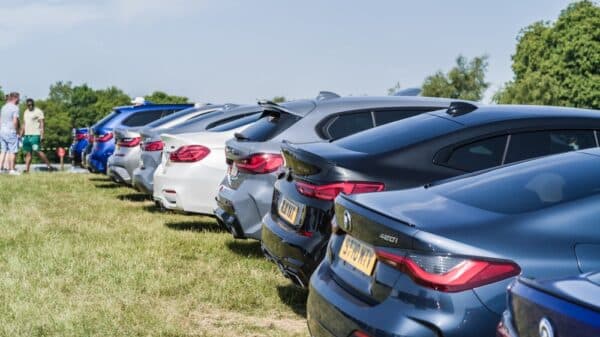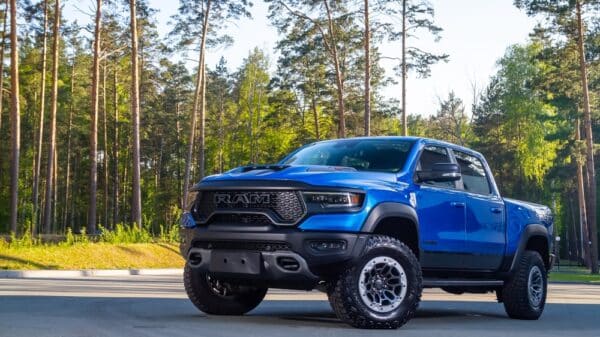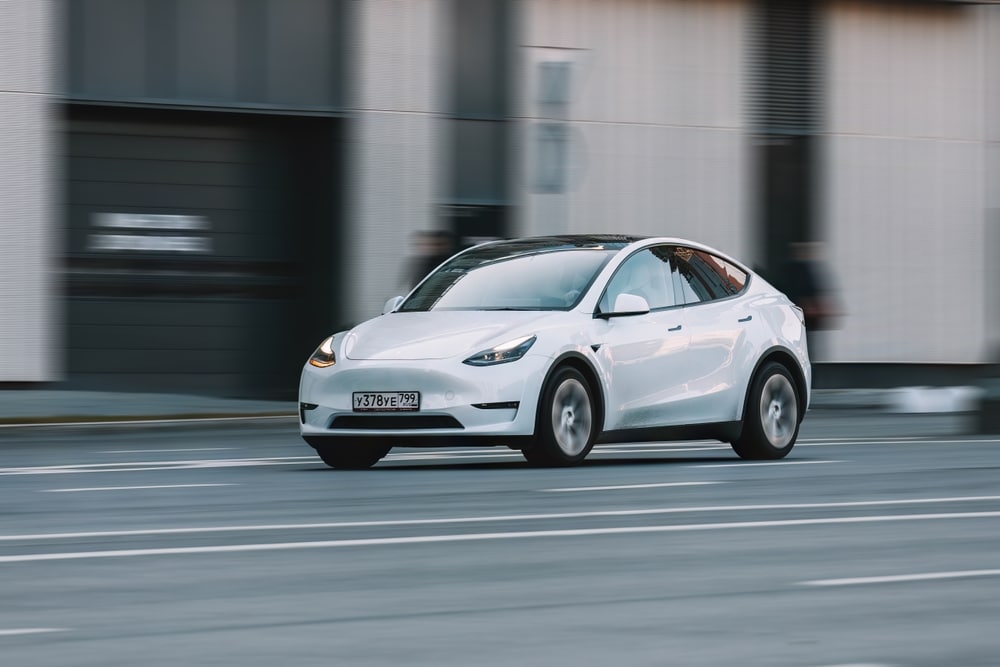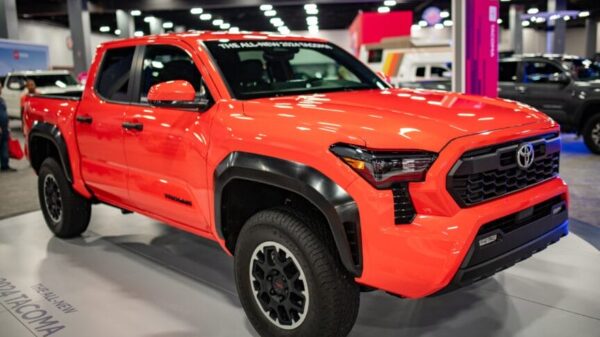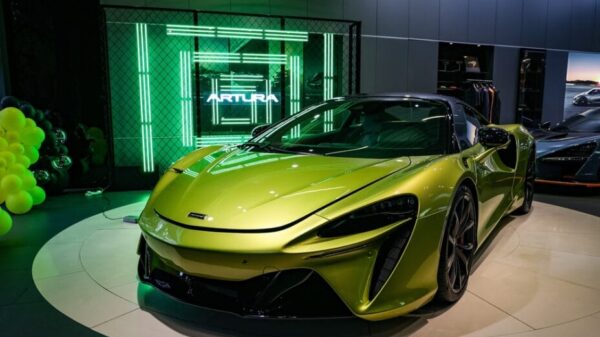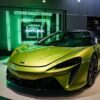In the ever-evolving world of electric vehicles and automotive tech, the buzz around Tesla’s so-called “self-driving” capabilities never fails to spark conversation. If you drive a Tesla, you’ve likely faced the usual questions: “Can it really drive itself?” or “How far does it go on one charge?” These questions often follow closely behind the inevitable discussion about Elon Musk.
But let’s set the record straight—no car on the market today can truly drive itself, despite what bold marketing might imply. And now, Tesla’s claims around its Autopilot and Full Self-Driving (FSD) features have landed the automaker in hot water with regulators in California.
California Challenges Tesla Over Self-Driving Marketing
The California Department of Motor Vehicles (DMV) has taken Tesla to court in Oakland, alleging that the company misled consumers about the true capabilities of its driver-assistance systems. The DMV argues that Tesla’s marketing suggested its cars could operate autonomously, without the need for human supervision—a claim regulators say was not backed by actual performance or safety data.
At the heart of the legal case is the DMV’s assertion that Tesla’s promotional language violated state advertising laws. They’re now seeking to suspend or revoke Tesla’s dealership license for up to 30 days—an action that could severely impact the company’s operations in California, one of its largest markets.
Tesla contends that it has consistently included disclaimers clarifying the limitations of its Autopilot and FSD systems. The company also claims its marketing is protected under the First Amendment. However, documents submitted to the DMV suggest otherwise. For example, a 2021 internal Tesla email acknowledged that even the most advanced version of Autosteer was not—and is still not—capable of full autonomy.
GM Feels the Tariff Squeeze
Meanwhile, General Motors is navigating its own set of challenges. In its latest financial report, GM revealed that tariffs had shaved $1.1 billion off its bottom line. Despite strong domestic production, trade barriers continue to have a ripple effect on the automaker’s supply chain and profitability.
To counteract this, GM is investing $4 billion into its U.S. manufacturing operations. Part of this effort involves relocating some production from Mexico back to American plants, a move aimed at strengthening its domestic footprint. Still, GM has adjusted its financial forecast for 2025, anticipating a decline in annual income as a result of ongoing economic pressures.
While the company remains the second-largest EV manufacturer in the U.S.—behind Tesla—it’s clear that maintaining momentum in the electric transition will require both innovation and resilience.
The Rise (and Regulation) of “Zero-Mile Used Cars” in China
On the other side of the globe, China is dealing with a curious automotive trend: the sale of “zero-mile used cars.” These are essentially brand-new vehicles that are registered as “used” in order to be sold at lower prices. It’s a workaround used by dealers to stimulate sales in a saturated EV market—but it’s one that’s now drawing attention from regulators.
China’s Ministry of Industry and Information Technology (MIIT) is exploring new policies to regulate this practice. Rather than banning the resale of vehicles within six months of initial registration, the MIIT seems to be focusing on establishing guidelines that hold automakers and dealers accountable from the outset.
Brands like BYD and Chery, which have benefited from this sales model, may soon be required to enforce stricter oversight across their dealer networks.
Interestingly, local Chinese governments are supporting this gray area of EV exports. Provinces like Guangdong and Sichuan have introduced streamlined licensing, export incentives, and tax breaks to encourage the growth of the zero-mile resale market. Their motivation? These “used” EVs support Beijing’s broader push for green growth and help boost local economies.
Reinventing the EV Charging Experience
In a lighter twist, Tesla recently debuted a retro-themed diner concept, combining fast charging with food and entertainment. It might sound like a novelty, but this new type of charging destination echoes the beloved culture surrounding gas station stops like Buc-ee’s or Wawa in the U.S.
As EV adoption grows, expect more charging stations to double as social spaces—places where you can grab a meal, relax, or even catch a movie while your vehicle powers up. This trend highlights the potential for EV infrastructure to be more than just functional—it can be experiential.
Final Thoughts
From courtrooms in California to factories in Michigan and regulatory offices in Beijing, the automotive landscape is transforming at a rapid pace. Tesla’s legal troubles, GM’s battle with tariffs, and China’s zero-mile resale tactics all reveal the complexities of this new era in mobility.
As electrification reshapes the way we build, sell, and even think about cars, one thing is clear: innovation brings both opportunity and challenge. And for drivers and enthusiasts alike, staying informed is the key to navigating this dynamic space.
Image Source: Haggardous50000 / Shutterstock


